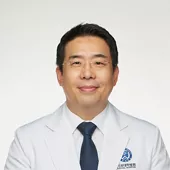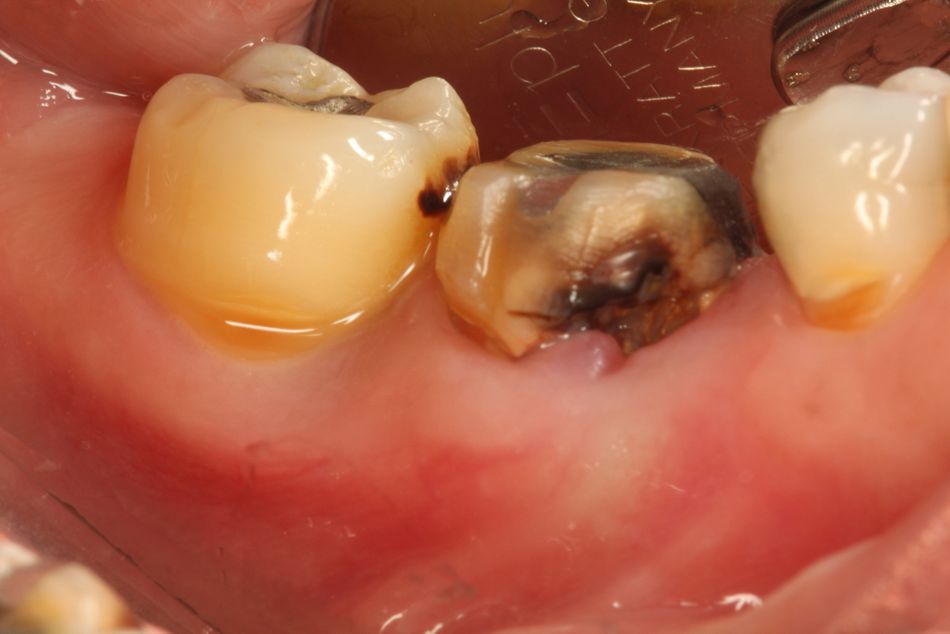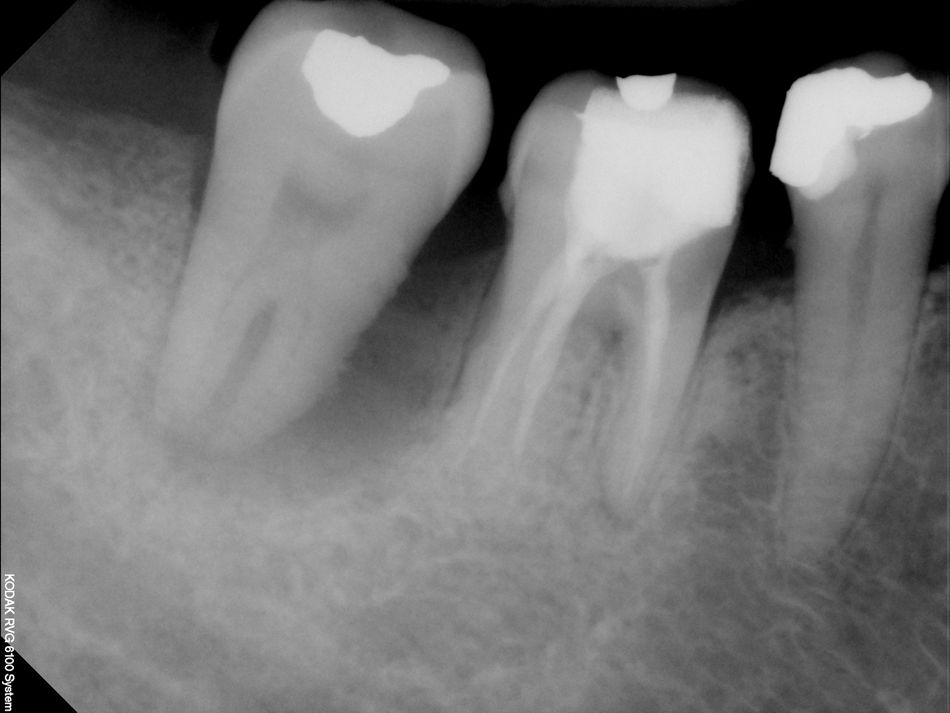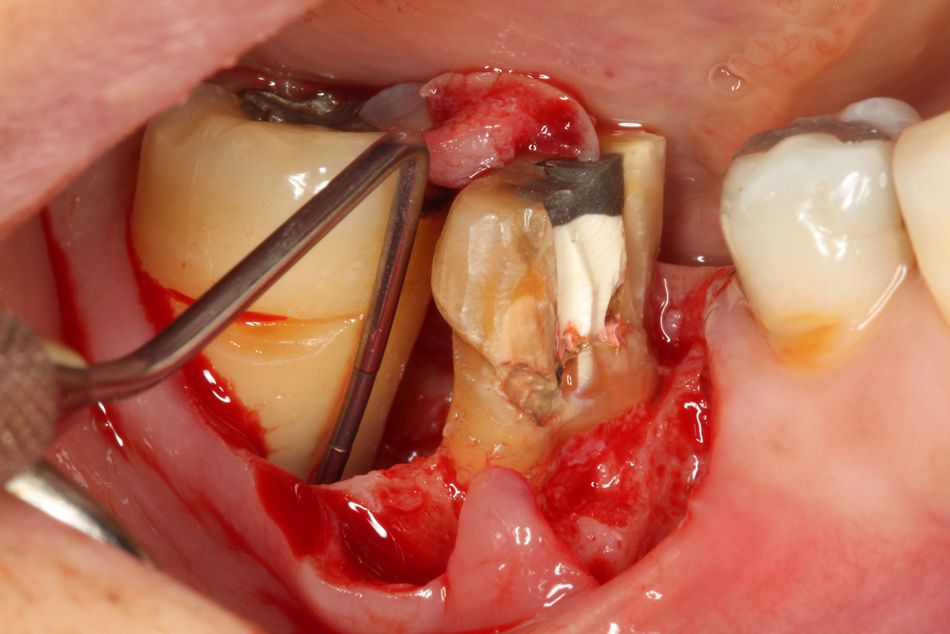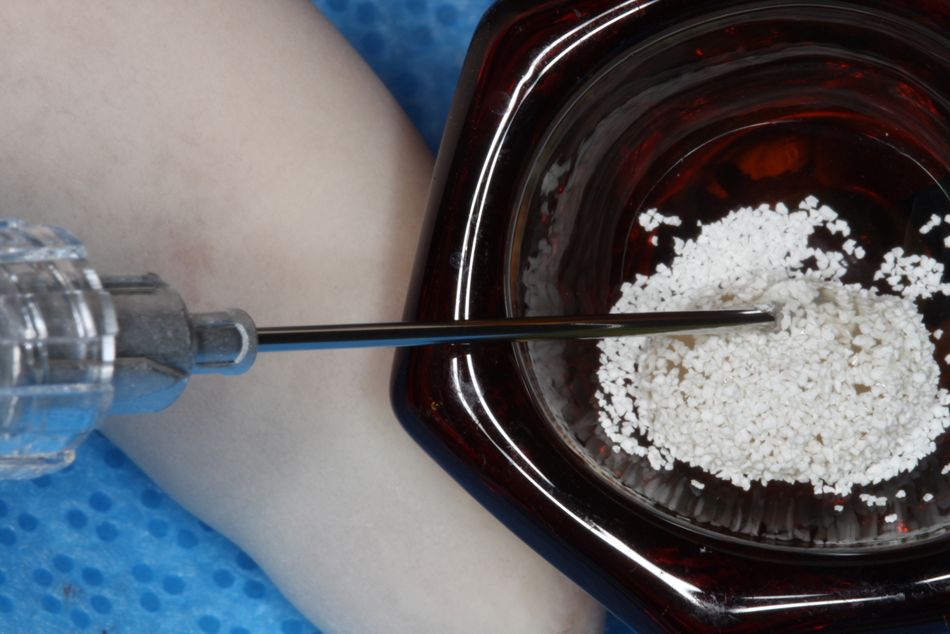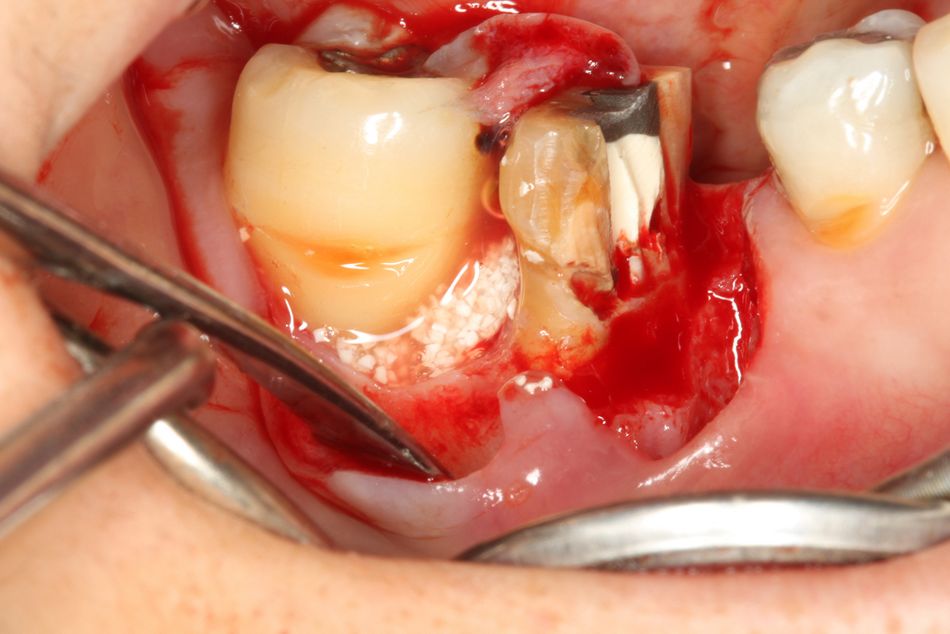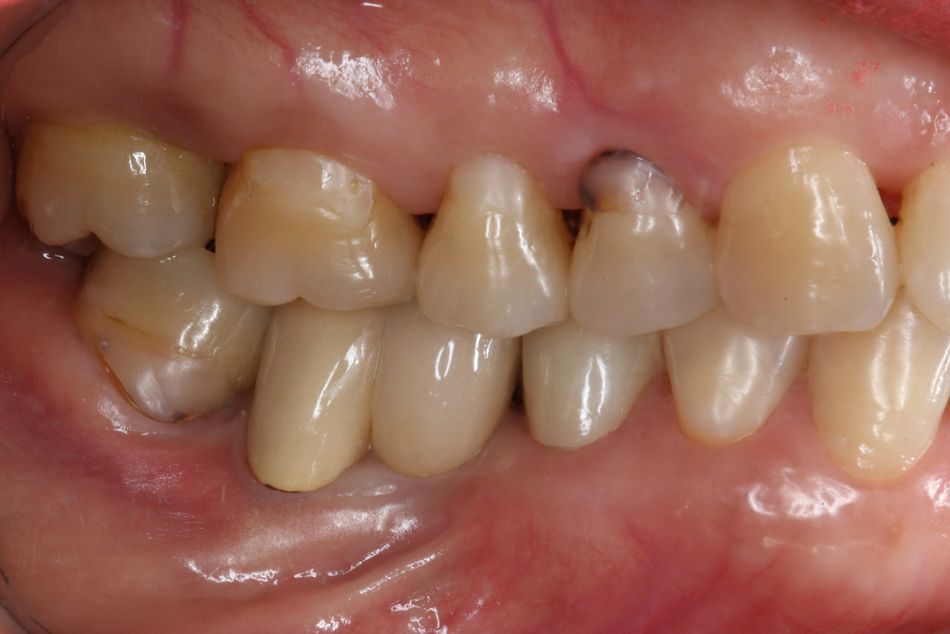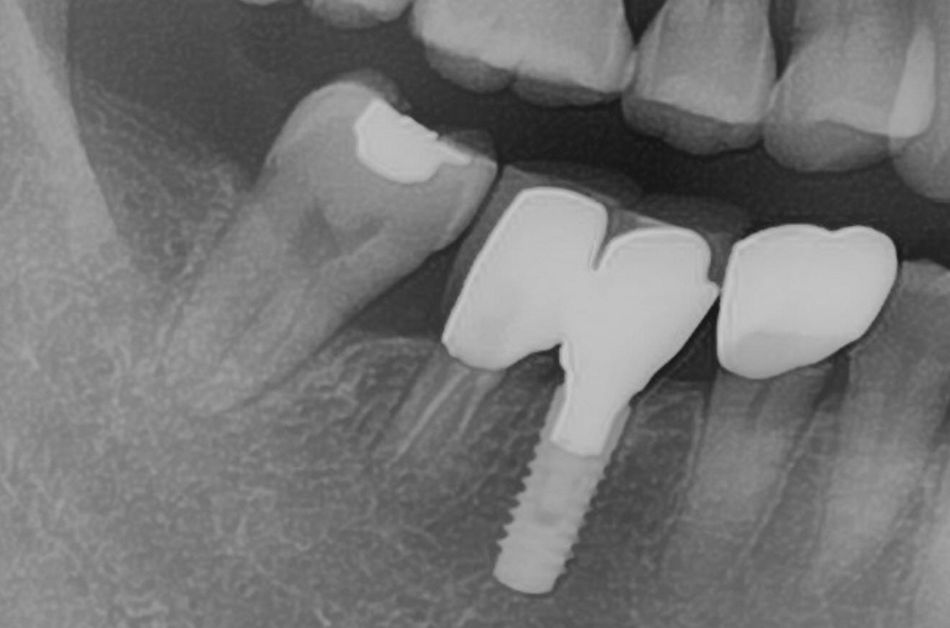Every dentist is a scientist – an interview with Prof. Ui-Won Jung for the 25th anniversary of Emdogain®
You can’t buy experience – you earn it. In its 25 years of commercial availability, Straumann® Emdogain® has earned the respect of thousands of periodontists, oral surgeons, implantologists and dentists around the world. And in 2020 we celebrated the 25th anniversary of the first clinical use of Emdogain®. Since then, respected leaders in regenerative dentistry have counted on Straumann® Emdogain® to improve clinical outcome in various treatment indications. Some have shared their case studies with us and their thoughts on the concepts of expertise and experience in this series of anniversary interviews. Today we are interviewing Prof. Ui-Won Jung from Korea.
Did you dream of becoming a dental specialist when you were young?
To be frank, I never considered going into dentistry. Like many other children, visiting the dentist was a horrifying experience for me. But by the time I was applying to go to college, the fact that dentists could actively treat patients relieve their discomfort and see the treatment results in real time seemed very attractive. It is amusing to remember how I used be afraid of the mechanical sounds of dental instruments and now, here I am, actually making incisions and performing surgery.
What were your first challenges as a student? And how did your academic career start?
During my pre-dental college years, I spent a lot of time doing extracurricular activities and pursuing my other hobbies. But I did have to face various challenges in my academic life; I remember the first of these was dissection in anatomy class. It was difficult to stomach the smell of the formalin and physically challenging to stand for hours on end, examining subcutaneous fat, fascia and all kinds of organs. Although I didn't find dissection of the human body as intriguing back then as I do now, it helped me very much in my career as a dental surgeon.
I continued the residency at Yonsei University while attending graduate school to do my masters degree. While pursuing my career to become a periodontist, I gained both clinical and research experience in periodontology and implantology. So, after the residency followed by three years of compulsory military service, I returned to university and started my doctoral studies as a research fellow and have been devoting myself to both clinical dentistry and research ever since.
What are your fondest memories of clinical and academic projects you have worked on?
Although I have participated in numerous studies in the past, I would have to say that the most memorable project is the preclinical study that evaluated the effects of lateral augmentation when implanted with a particulate synthetic bone substitute at a chronic peri-implant dehiscence defect, for which I was awarded the 2018 ITI Andre Schroeder Research Prize. In collaboration with Professor Mariano Sanz, this research was a long project where the animal experiment was performed in Spain during my visit to the Complutense University of Madrid, and the results were analyzed and written up when I returned to Korea.
Among the clinical studies, a randomized controlled clinical study conducted to determine whether conservative alveolar surgery prevents maxillary sinus pneumatization in the maxillary molar comes to mind. This study was conducted with a research grant from the Osteology Foundation. To the best of my knowledge, it is the first randomized controlled clinical study to identify the effects of alveolar preservation on the prevention of maxillary sinus pneumatization. In recognition of its value, this study was also awarded the ITI Andre Schroeder Research Prize in 2020.
All my research is valuable, but these two projects which won the world's most prestigious Research Prize, are the two that stand out most for me.
“Even if you are not directly engaged in research like me, I would like you to always keep abreast of the latest research. The experience gained through research give a far deeper insight than the knowledge gained through textbooks and will lead to better clinical outcomes.” U-W. Jung
Can you share your current research with our readers?
Recently, I have been researching treatment protocols through animal and clinical trials that allow clinicians to treat patients more comfortably. In particular, we are trying to devise and test several protocols that effectively apply digital dentistry-related technology to periodontal and implant surgery. I hope I can show you some positive research results sooner or later. You use Emdogain® in several indications.
What is your experience with our product with its 25-year legacy of success?
I believe Emdogain® is a breakthrough material that achieves alveolar tissue regeneration, one of the most difficult challenges in dentistry. In my clinical experience, I was surprised to observe periodontal tissue regeneration achieved in a less favorable environment, such as a non-contained defect (1-wall defect) with the help of Emdogain®. In cases like these, if the barrier or bone graft alone had been used, regeneration would not have been achieved. Rather than giving up on tissue regeneration because the defect is less favorable, I would recommend that clinicians try Emdogain®.
What do you think is the secret of Emdogain’s success?
Unlike other regeneration-inducing materials, the driving force behind Emdogain's long-term success is that the porcine Amelogenin, the raw material, is not denatured during the manufacturing process and so retains its efficacy. It is also a convenient material for clinicians to work with, especially considering that periodontal tissue regeneration surgery used to involve a great deal of time fixing and cutting the barrier and was technique sensitive. As a result, most clinicians avoided regenerative surgery because it was difficult and inconvenient. I believe that convenience of use is the most important factor behind its clinical success.
“Emdogain® is a breakthrough material that achieves alveolar tissue regeneration, one of the most difficult challenges in dentistry.” U-W. Jung
Where do you see the future of Emdogain®?
Straumann® Emdogain® will continue to contribute to periodontal tissue regeneration more than any other material. However, I believe there is a call for developing an effective carrier to contain Emdogain® so that non-contained defects can produce the same highly predictive results as contained defects. At the moment every clinician uses the bone graft material or collagen matrix they prefer. But I am confident that the future of Emdogain® will be even brighter if a carrier can be provided that properly controls the sustainability and releasing dose of Emdogain® within defects.
Based on your experience, what advice you would give a young specialist who is just starting out in their career? And what was the best advice you were given in this situation?
I think every dentist is a scientist. If you come up with an idea that could improve the outcome of a clinical procedure, do not hesitate to start your research. When I was contemplating whether I should go down the research route, my supervisor told me "You can always work in a clinic, so why not try to do your research when you are young with a little more passion." Taking this advice into consideration, I have been working in clinics and on research since I started my career as a researcher 16 years ago. Even if you are not directly engaged in research like me, I would advise you to always keep abreast of the latest research. The experience gained through research will give you a far deeper insight than the knowledge gained through textbooks and will lead to better clinical outcomes.
A 3-wall intrabony defect treated with Straumann® Emdogain® mixed with bone grafting granules – 8-year follow-up
Expert tips: I have used Straumann® Emdogain® for over 10 years. For prolonged retention of Emdogain® proteins in the defect, I always consider a papilla preserving incision design and try to maintain the soft tissue covering as much as possible. Extensive debridement can minimize bleeding during surgery. To achieve better tissue management and to make the soft tissue firmer, it is important to reduce inflammation through non-surgical therapy before surgery. It is always important to recall patients for regular follow ups after surgical treatment.
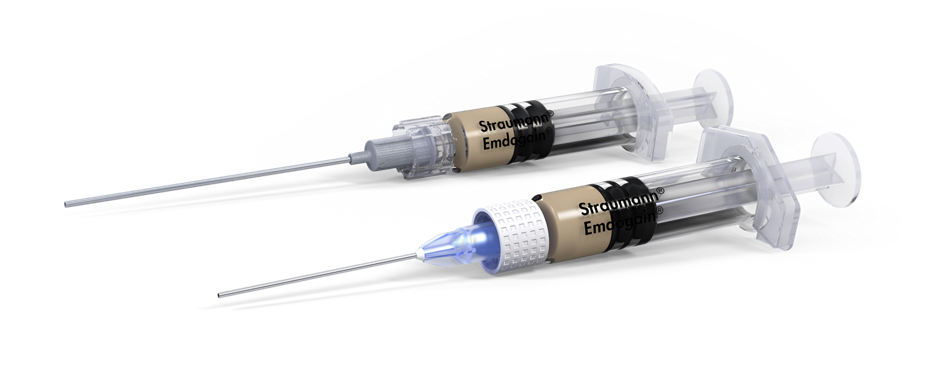
Straumann® Emdogain® is a unique gel containing enamel matrix derivative of porcine origin. The main component is amelogenin, which has demonstrated the ability to stimulate certain cells types involved in the healing process of soft and hard tissues towards a regenerative pattern, thus leading to true periodontal regeneration1 and accelerated oral wound healing2. Emdogain® has a respected legacy as an irreplaceable tool for periodontology backed by extensive and long-term clinical documentation including studies with 10 years of follow-up3,4. Over the past 25 years it has been used in over 2.5 million patients5 and it is documented in over 1,000 scientific publications, including over 600 clinical papers6 on various indications. For more information: click here.

